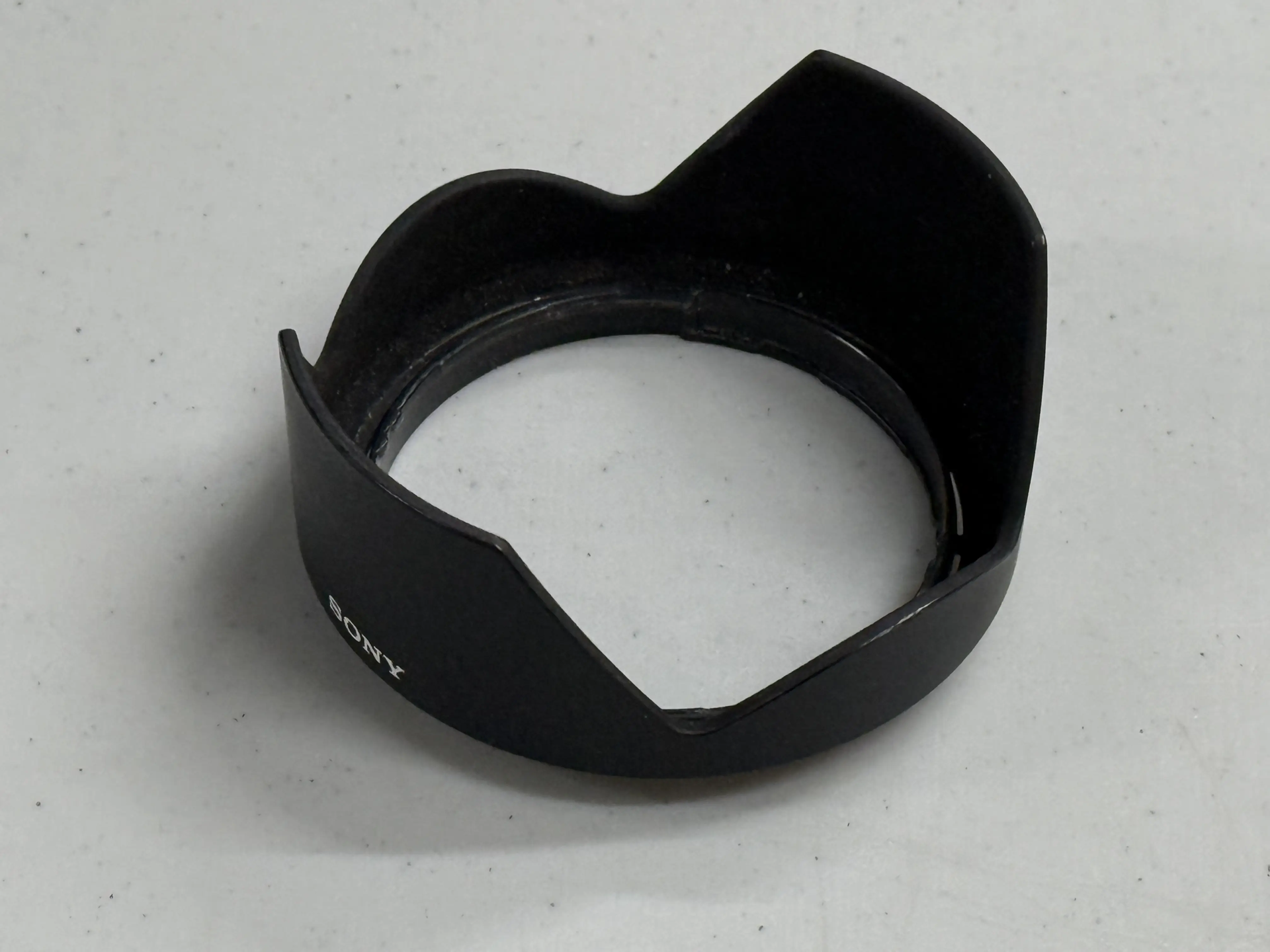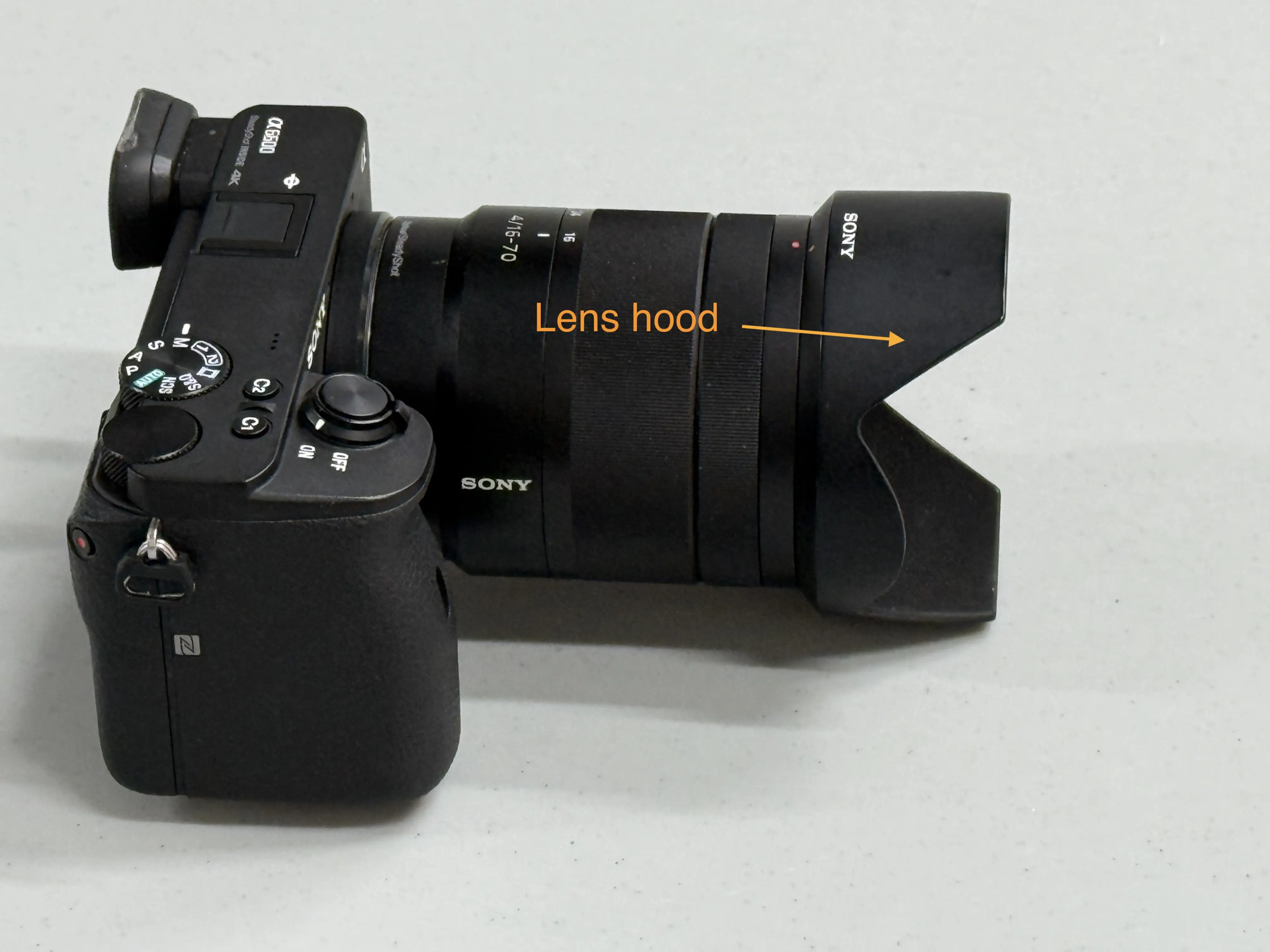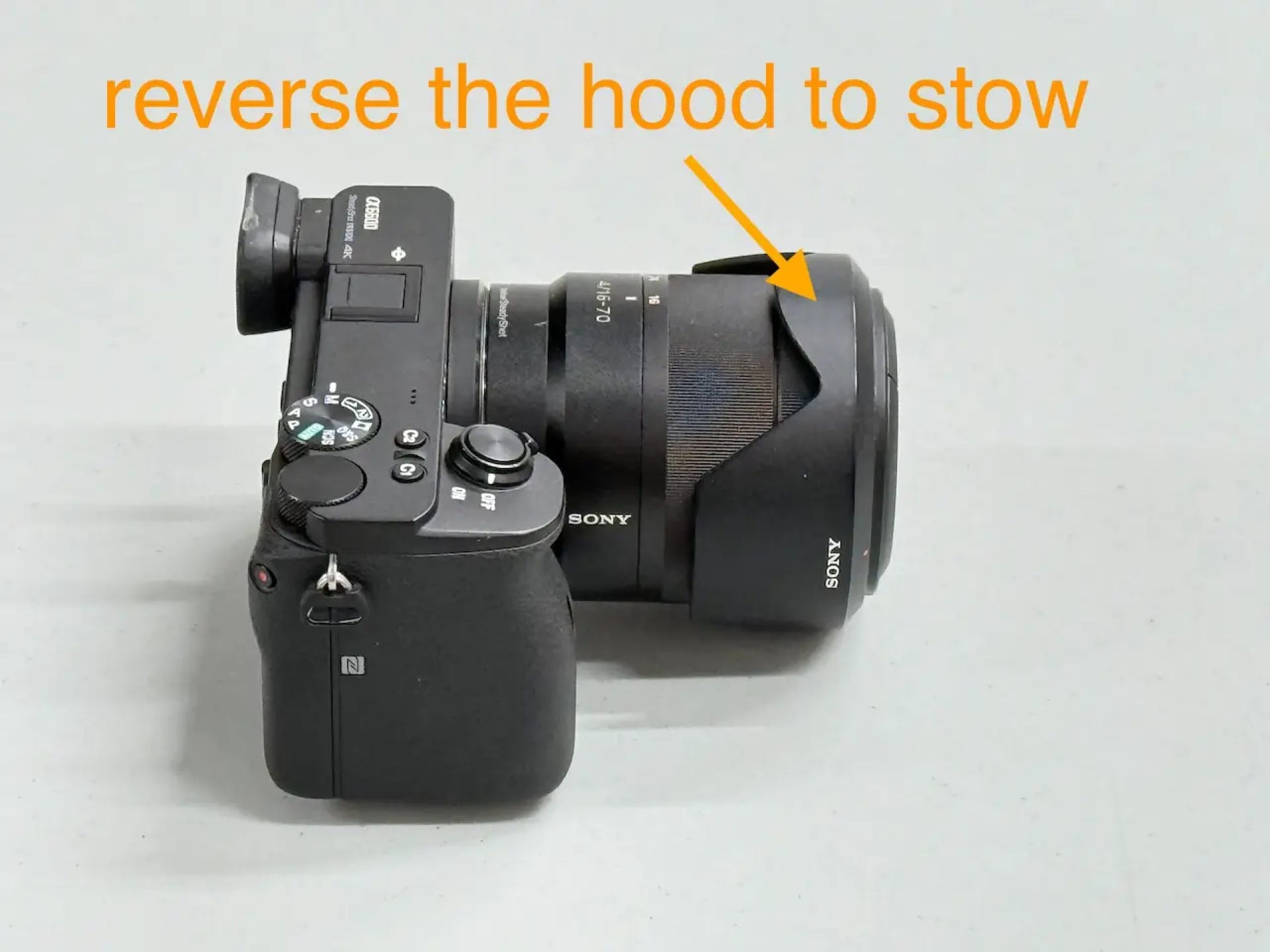
I frequently get asked by my students when they should use a lens hood. The answer is simple: Always! Let me explain.
If you shoot in an environment where you have full control over light and lighting, a lens hood might not be vital. But it’s rare to encounter such a highly controlled situation, and when you don’t have full control, the lens hood can be your best friend. Lens flare — which is what it’s called when you see multiple reflections of a light source repeated over your image — can ruin a photo. Because it prevents stray light from entering your lens, a lens hood helps with that.
If a light source is close to the field of view — that is, the area where you are pointing your camera — stray light can make your photo look washed out. A lens hood helps with that.
Unless the light source is right behind you and there are no reflective surfaces in front of you, it is a good idea to have the hood on your lens.
But wait, there's more. The lens hood will also protect the front end of the lens from scratches and mechanical encounters. Some stores will try to sell you a UV filter for lens protection, and that works somewhat. I find that the hood is a much better protector and often a lot less money. On modern cameras, a UV filter has very little impact on the image quality, while a properly used lens hood can definitely improve your photo quality.

Sometimes people get overwhelmed by the many different styles of lens hoods that are available and wonder which one to choose. The answer here is also pretty simple. Choose the hood your lens manufacturer recommends for your particular lens. Unless the hood you are using is tested with your lens, you may not be happy with the results you get. An inappropriate lens hood can do one of two things:
1) It can restrict the field of view and turn the corners of your photo dark. This is called vignetting.
2) It can fail to block the light entering your lens enough, making the hood ineffective.
If you do opt for (or already own) a lens that doesn’t come with a lens hood, I strongly recommend buying one. You can probably figure out what to buy by harnessing the power of the internet. Go to the lens manufacturer’s web site and find your lens. In the technical data section, they often mention the type and number for the perfect lens hood to use with your lens. Then it is just a question of contacting your preferred camera gear vendor. They should be able to help you from there.
Who would have thought that the innocent-looking lens hood would have such profound effects? But then, if it were not necessary, the lens manufacturers would not spend the money and include them with most of the lenses you can buy. Right?
And there’s one more little tip that may make your use of a lens hood less cumbersome. I’ve sometimes found that people object to using one because having it attached to the camera makes the lens longer and therefore harder to store in your camera bag. Here’s the solution to that dilemma:

When you are through shooting, you can pop the lens hood off, flip it over, and put it back over your lens for storage. Now it doesn’t take up any additional room, and, as a bonus, it will always be right there for you the next time you use your camera.